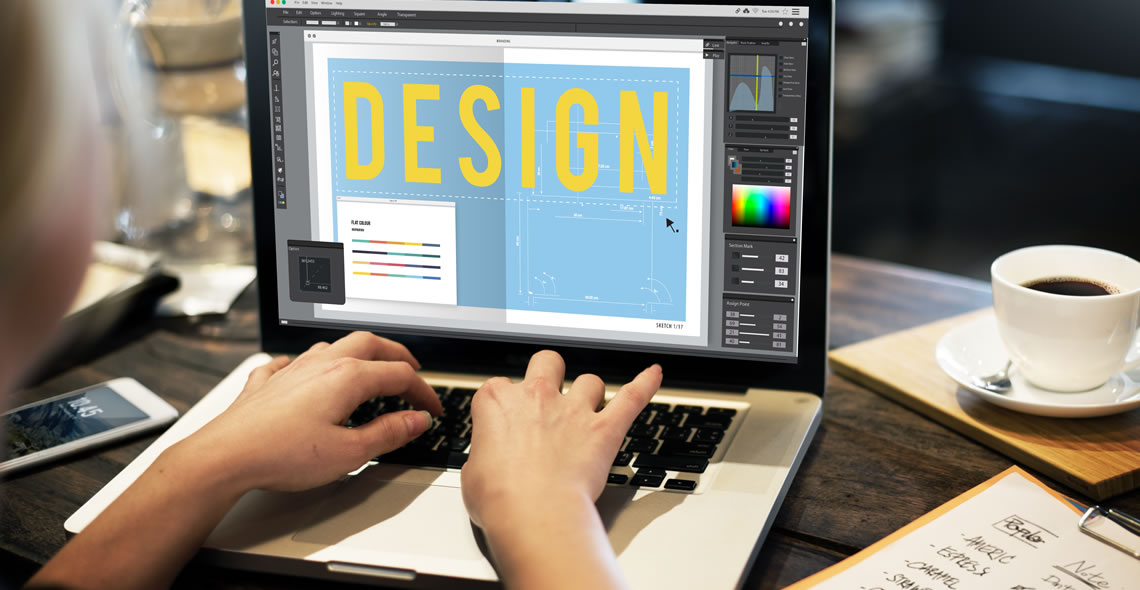
Digital Art Tools for Photoshop Certification
Ever wonder why a picture in a magazine looks flawless or how creative an advertising banner looks? While being a professional designer or photographer may have a lot to do with it, the potential to create amazing images is possible for anyone. The key is to learn how to use the right post-production software, such as Adobe Photoshop. The ability to create multi-layers with unique effects and designs allows the designer to add depth and dimension. It is important to understand what Photoshop is used for as it has multiple functions and can be a very useful tool in not just editing photos, but also creating pamphlets, banners, business cards and flyers. This course will teach you about the benefits of such a program and also provides instructions on how to use it for both professional and personal needs.
Throughout the course, you will see 21 different videos. Each video will take you on a step-by-step journey through the basic features of Photoshop. While there are several obvious features, such as the ‘Layers’ dialogue box, there are additional ways to use each tool to maximise the post effects of a photo.
In this course, you will learn:
- How to create a new file and adjust a canvas size that is suitable to project needs
- How to navigate through the software, where to find its tools and understand the layout of the page
- Learn how to identify Photoshop tools and understand their basic functionalities
- Learn how to identify the secondary tools, how to select them and what they are used for
- Learn shortcuts and understand how and when to use them
- How to use the layer option and understand the layer dialogue box
- Learn how to use and apply adjustment layers
- How to add effects and filter to an existing image
Explore our full library of training courses.

 Duration 2 hours
Duration 2 hours
 Modules 21
Modules 21
 Certificate of completion
Certificate of completion
 All major browsers and devices
All major browsers and devices
 This course is included as part of our multi-user learning packages.
This course is included as part of our multi-user learning packages.
Popular courses
Course FAQ
Who can take the Digital Art Tools for Photoshop Certification course?
There are no entry requirements to take the course.
What is the structure of the course?
The course has 21 modules and should take 2 hours. Each module takes between 20 and 90 minutes on average to complete, although students can spend as much or as little time as they feel necessary on the modules.
Where / when can the course be studied?
The course can be studied at any time and from any internet-connected device.
Is there a test at the end of the course?
Once you have completed the course there is a multiple choice test. The questions will be on a range of topics found within the modules. The test, like the course, is online and can be taken at a time and location of your choosing.







